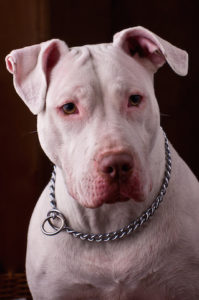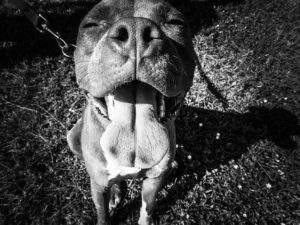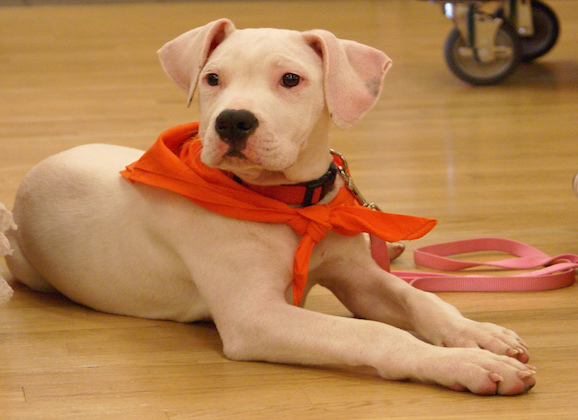 If you’re a dog lover than you are aware of the Phoenix ordinance which states retail pet stores must sell animals from local shelters, an effort by the city of Phoenix to ween down the population of abandoned pets and shelter animals.
If you’re a dog lover than you are aware of the Phoenix ordinance which states retail pet stores must sell animals from local shelters, an effort by the city of Phoenix to ween down the population of abandoned pets and shelter animals.
Although some people are seeing this as a bright day for all the dogs in need of a loving home, others are in uproar over the fact that the inventory to choose from contains a large population of pit bulls.
Pit bulls have constantly received a bad reputation, and many people shy away from rescuing a pit bull out of fear they will turn on them.
There is a popularity of using pit bulls as fighting dogs, but the act of merciless killing is not in their nature. Pit bulls who have been used as fighting dogs have been trained to act aggressively in exchange for their life. As we all know, when people fight dogs for sport, one dog wins, and one dog looses. Think of it in this context; If you were placed in a ring and told you were fighting for your life, would you fight? I’m sure most answered ‘yes’ to this question.
Because pit bulls are not naturally aggressive animals, some dogs will never display a fighter’s behavior. These dogs end up being used at bait dogs, and owners will sic fighting dogs on them for fighting practice.
According to Canine Journal, pit bulls were first created in the 19th century in England by breeding the English Bulldog with Terriers. Technically, there is no such breed as a pit bull. The breed is called American Staffordshire Bull Terrier, and is one of the many breeds categorized in what’s called the bully breed category, which includes the Bullmastiff, Boxer, Pug, and Great Dane, to name a few. In the 1860s the breed made its way to the U.S., and were used as herding dogs and protectors of their family and livestock.
Because of their fierce loyalty and naturally affectionate demeanor, the pit bull soon earned the nickname “The Nanny Dog.” Parents would use the dog as a “nanny” because they would protect their owners, and were extremely docile, playful and responsive to their owner’s commands.
So how did the pit bull receive their unlucky nickname and poor reputation? Michigan State’s Animal Legal and Historical Center cites during the 1800s in England the sport of hunting with dogs was popular. Hunters would “pit” dogs against other animals, including bears and bulls. Because the American Staffordshire Terrier was used, the bully breed ultimately earned the nickname pit bull, and have been associated with aggressive behavior ever since. The sport was eventually outlawed and deemed inhumane and cruel.
Canine Journal recently published a great infographic about pit bulls. In their research they found that 22 percent of shelters will euthanize a pit bull regardless of their disposition and adoptability.
There are 42 breeds under the bully breed category, and many people often mistake one bully breed for the other due to their common physical characteristics. As a result, many dogs are named pit bulls when they are not, and are automatically deemed as dangerous. Because of this frequent mistake, many people will see a bully breed and call it a pit, especially in cases where a dog bite has occurred. 
Overall, the bully breeds make great companions, including the pit bull. One of the most important pieces of information to remember is any dog can attack if it feels threatened and provoked, or if it feels it needs to protect it’s owner or pack. If an irresponsible owner teaches their dog to be aggressive, blame should be placed on the owner and not the dog.
“Asking the question whether pit bulls are good dogs is the same as asking whether disadvantaged children are good children,” wrote the Canine Journal, and it’s a great perspective to have.
Blame the deed, not the breed.

















